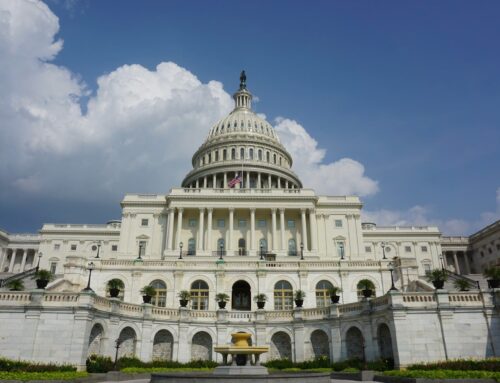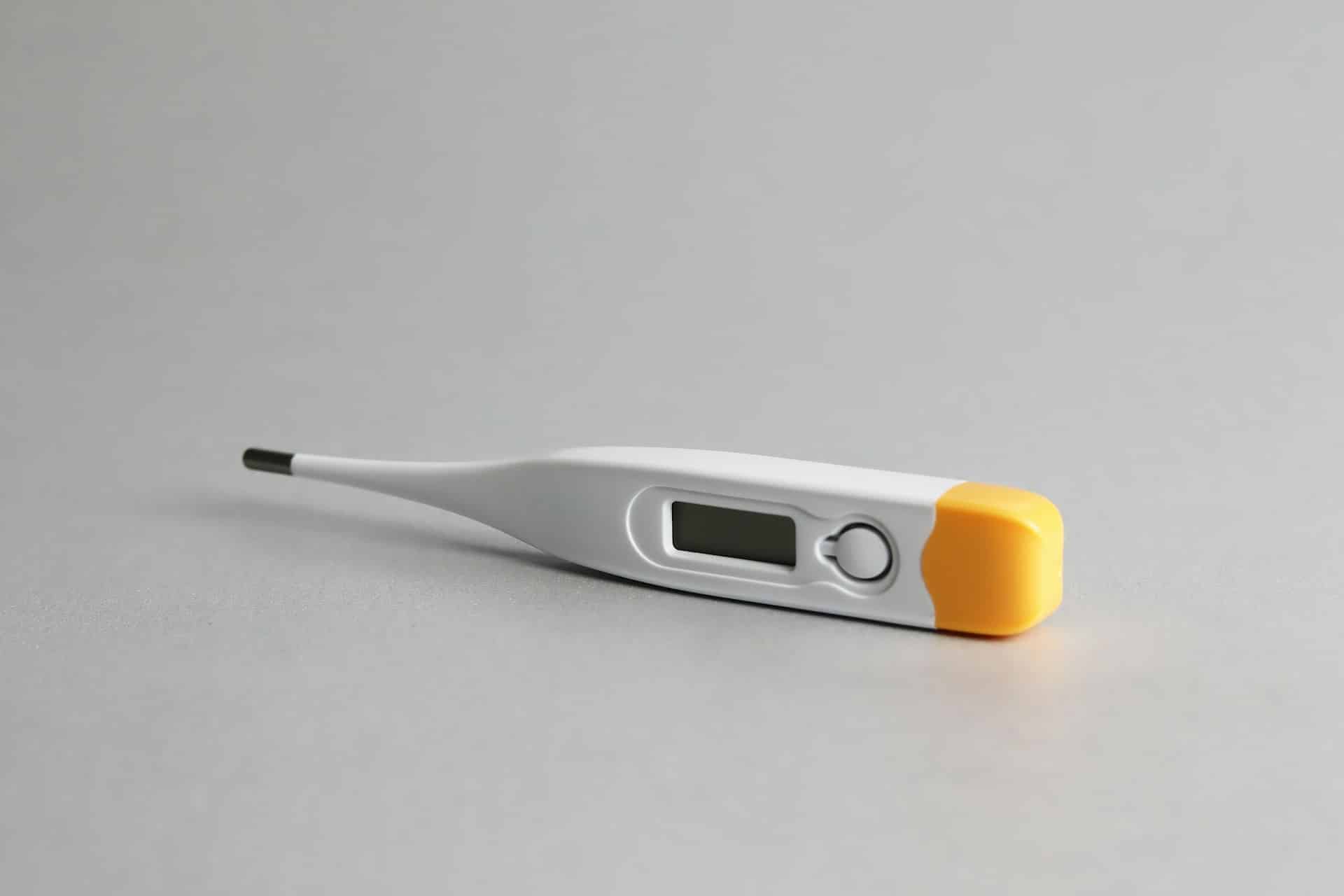UPDATED: April 29, 2022
On April 28th, the Biden Administration requested an additional $33 billion in emergency supplemental assistance for war-torn Ukraine. The actual budget documents making the request to lawmakers aren’t in our possession, so we’re working off the Fact Sheet released by the Office of Management and Budget (OMB). But the numbers in the OMB Fact Sheet don’t quite add up to $33 billion.
The fact sheet lays it out this way:
- $20.4 billion for security and military assistance. This will cover weapons, the acceleration of cyber abilities, help dealing with landmines and unexploded ordinance and a broad category of “stronger NATO security posture”.
- $8.5 billion in economic assistance. This includes assistance to continue the democratic functions of Ukraine domestic government (including food and health care), countering Russian propaganda, and support for “agrobusinesses” that will face challenges harvesting and marketing their crops in the fall. Some assistance is also for natural gas purchases by Ukraine’s state energy company.
- $3 billion in humanitarian assistance. This includes direct food support, medical supplies, job training, etc. for Ukrainians displaced by the war. The direct food support will also be used to purchase food and promote domestic production of crops in countries that typically rely on Ukraine, or Russia, as a source for the majority of their wheat, corn, or other crop imports.
- $500 million in food production assistance in the US. This will include increased loan rates and incentives in the federally subsidized crop insurance intended to influence farmers to grow more wheat, soybeans, and potentially other crops, that have seen significant increases in prices since the war in Ukraine started.
Astute followers of Taxpayers for Common Sense work will quickly work out that those numbers add up to $32.4 billion. Does the vague reference to “additional funding” for the Defense Production Act make up the other $600 million? Math matters, people!
Purely for comparison, the President’s Budget Request for the entire State Department for FY23 is $41 billion. (And, also for comparison’s sake, the budget estimate for the State Department for the current FY22 is a mere $34.3 billion.) And we’ll also throw out that the proposed budget to run the Space Force for FY23 is $24.5 billion.
What’s that old saying? Comparisons are odious, we know. Budgets are a roadmap to the priorities of any administration. And we’ll remind our readers that this request is on top of the roughly $13.5 billion the U.S. Government has spent responding to Russian aggression in Ukraine. We published a write up about that, what seems like a lifetime ago, but was only early March.
Ukraine is in a dire situation. Potentially, democracy in other parts of Europe is threatened. Aid is critical to Ukraine’s success against Russia.
But we also point out that Gross Domestic Product in Ukraine in 2020 (the last year the World Bank has statistics for) was $155.6 billion in U.S. dollars. Pushing $33 billion (plus whatever other allies are sending) into an economy that isn’t used to moving that kind of money will take foresight and the best economic and transparency practices possible in a dire situation. Congressional oversight is needed, even after the funds are released.
We all want to help Ukraine which potentially helps all of Europe. But oversight is key.
UPDATE:
An addendum to the Assistance to Ukraine Emergency Supplemental request is now available. This five page addendum (well, page 4 is completely blank for some reason), breaks down the funds by Department and/or agency this way:
- Department of Defense — $16.4 billion with $11.4 billion going to “Critical Defense Capabilities and Equipment for Ukraine, including Replenishment of DOD Stocks.”
- Department of State and USAID — $14.1 billion. (Remember that this is additional money in FY22. The current State Department budget is $34.3 billion.) This will largely be funds passed through to Ukraine and regional allies and partners for economic and security assistance. It includes, among other things, $1.6 billion in Food Security and Humanitarian Assistance.
Some amount of these funds will not be spent directly in Ukraine and may not be spent for some time. That’s because the summary states the assistance is for “emergency food assistance” or to “help countries build their resilience against food price, supply, and other shocks beyond the immediate term.”
- Department of the Treasury — $650 million for work through “international financial institutions to support Ukraine and other countries impacted by the crisis”. $150 million of this is a contribution to the Global Agriculture and Food Security Program that was created by the G20 after the 2007-2008 food crisis. The remaining $500 million is a contribution to the European Bank for Reconstruction and Development.
The Export-Import Bank and The United States International Development Finance Corporation are given additional authorities relating to the default rate cap and allowances to operate in countries regardless of the country’s income status.
- Department of Health and Human Services — $1.2 billion to support Ukrainians entering this country.
- Department of Justice — $67 million in support of the KleptoCapture Task Force.
- Department of Agriculture — $620 million. The bulk of the funds, $500 million, is for subsidies to US farmers to encourage increased production of wheat, edible oilseeds including soybeans, and rice. Ukraine and Russia are both significant producers of wheat and exports from the countries have been severely hampered. Ukraine is also the world’s largest producer of sunflower oil. In addition, $100 million would go to the Food for Progress for direct assistance in Africa and the Middle East, areas that are highly reliant on Ukraine as a source of grain. $20 million is directed to reimburse the Bill Emerson Humanitarian Trust which is used to purchase US crops for food assistance.
Separate from this funding request, the USDA has already tapped the Trust to procure $282 million worth of crops. They are also tapping the Commodity Credit Corporation for $388 million to cover the costs of transporting and delivering the crops to Ethiopia, Kenya, Sudan, Somalia, South Sudan, and Yemen.











Get Social